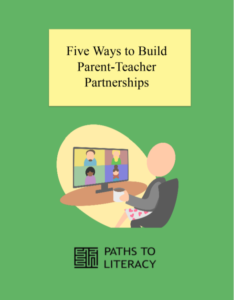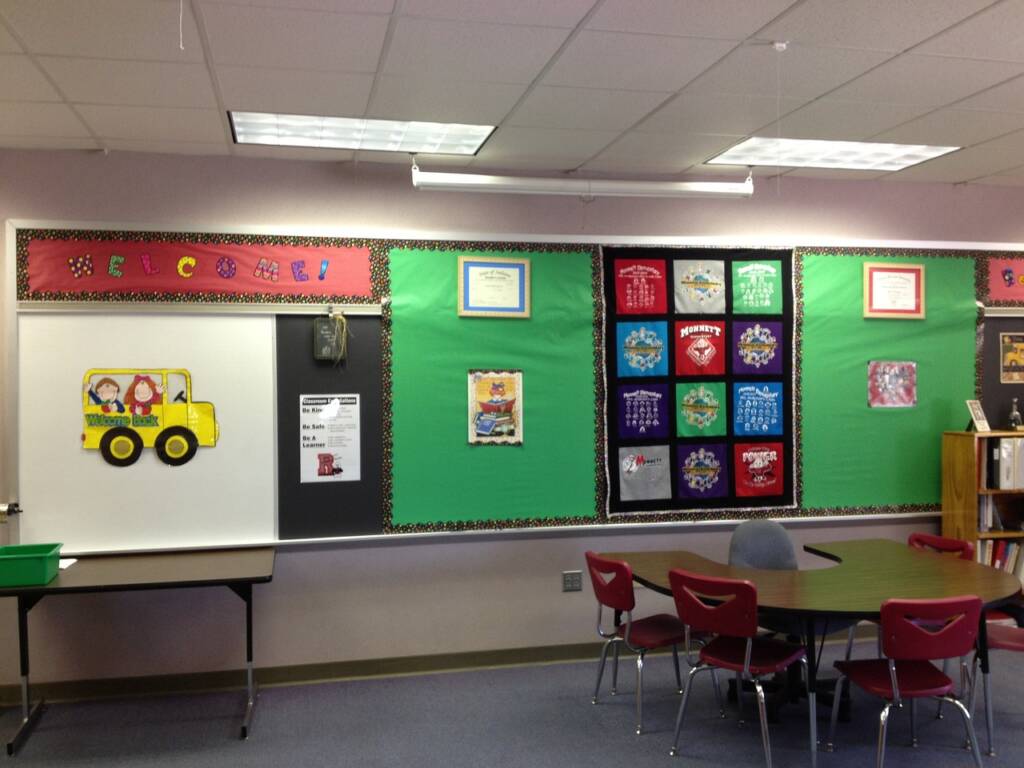We’ve all heard it said that participation in sports teaches more than just competition—it builds character and imparts life lessons. It’s true. I am a former college athlete and have taught tennis most of my adult life. I truly believe that my athletic experiences as a player, team captain, and coach have given me a practical and functional perspective on teamwork.
Understanding how to be a “team player” has helped me build authentic parent-teacher partnerships. I have learned to work productively and effectively with a variety of school experts, educators, and administrators over the years. Below are a few tips I’ve learned for building authentic relationships between parents and teachers.
Adopt a ‘Team Player’ Mindset
Teams are most successful when each player feels valued, needed, and respected. Players on successful teams also share the same expectations and are striving for a common goal.
Try the following ideas to build trust and authenticity:
- Recognize that all members of the team come from different backgrounds, have different life experiences, and have different skill sets.
- Demonstrate that you are truly interested in discussing and accepting a variety of viewpoints.
- Use words of encouragement to develop confidence and camaraderie: “You got this!” “I like that.” “Let’s try that idea!”
- Understand that you need each other to succeed.
Practice Active Listening
When you practice active listening, you convey that you are genuinely trying to understand what the other person is thinking, even if you don’t agree with them.
- Avoid interruptions, and don’t be afraid of silence.
- Ask for clarification to make sure you understand each other’s perspectives and interests.
- Respond to comments in a relevant way. Follow-up comments and questions should build on what others are saying.
- Ask questions. Open-ended questions often encourage team members to share stories about their student. For example, statements that start with “Tell me about…” make for good open-ended questions.
Create Parent and Student Reports
Parents, one way to prepare and share your vision is to create a parent report and student report (get tips: Individualized Education Program: Parent’s Role [PDF] and Student Report [PDF]) for the individualized education program (IEP) meeting. Parent reports and student reports are powerful tools for you and your child to share your expectations, dreams, personality, strengths, challenges, and interests.
Be a ‘Co-Captain’
To establish a truly collaborative relationship, parents and teachers should work together as “co-captains.” Parents and teachers combine different skill sets, expertise, and knowledge to accomplish a common goal. Parents have valuable “insider” knowledge about how their child performs at home and in their community. They know their child’s likes and dislikes, strengths and challenges, and triggers and motivators. Parents and teachers working to understand each other can help develop a shared vision for the child’s education.
Ways to form a co-captain leadership style:
- Work together to develop a game plan based on family priorities, expectations, and dreams for the child.
- Brainstorm intentional interventions and make collaborative decisions that parents are invested in and can incorporate into their daily routines at home.
- Troubleshoot what is working and what isn’t. Identify actions that can be taken together to create positive change.
- Be willing to compromise and ask for help when you realize that you don’t have all the answers.
Lead by Example
When co-captains put time and effort into creating authentic relationships, setting high expectations, and working collaboratively to accomplish a shared vision, others on the team will follow. When we set high expectations, our children will learn that they are expected to succeed. Our inner circle of family, friends, and teachers will also follow our lead. Leaders who are prepared and demonstrate courage, positivity, and grace in the face of adversity can build trust and respect among their teammates. Where there is trust and respect, authentic relationships will follow!

Note: Link to original story from the Michigan Department of Education – Low Incidence Outreach (MDE-LIO). MDE-LIO provides consultation, training, and resources to families and educational teams serving students who are Blind or Visually Impaired (BVI) and/or Deaf or Hard of Hearing (DHH). MDE-LIO’s vision is to ensure equal access to a quality education for all students who are BVI and/or DHH.




